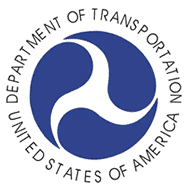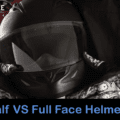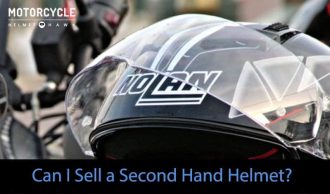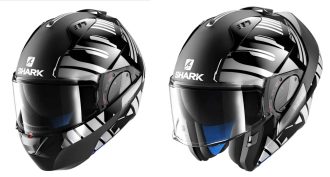The terms DOT and Snell certification are not new to people that regularly buy motorcycle helmets. However, most people don’t know the meaning behind these names, so I thought I would put together a brief explanation.
Hopefully, this article will shed light on these terms and explain how they are carried out.
What is DOT Certification?

It’s therefore against the law for any individual or company to trade in helmets that doesn’t have DOT approval.
There are companies that succeed in cheating the system by making fake stickers, but when they’re caught, they end up paying hefty fines of up to $5000 for every single helmet.
On the other hand, Snell certification is not mandatory. This is because Snell is an independent, non-governmental organization that assumes the role of a watchdog voluntarily.
How DOT Approves Helmets

The DOT measures a helmet’s durability by exposing it to high impact activities. In a typical test, a dummy head is placed inside the helmet. The helmet is then forced to fall from a defined height of 1.83m and land on a flat hard surface.
A grade is allocated in each test based on the energy directed against the helmet. The test is repeated on a different surface that is also hard but spherical using a height of 1.83m to prove the previous results right or wrong. DOT officials also test the helmet’s ability to resist penetration by striking it with a sharp object.
Moreover, a load of up to 300 pounds is placed on top of the helmet for 120seconds to find out whether it can be crushed. Critics argue that the test is meaningless when a brand of helmets is already being distributed in the market.
Manufacturers that don’t test their helmets dread the DOT certification because a best selling helmet can easily fail the test.
All About Snell Certification

By any standards, the tests done by Snell are tougher than those of DOT. Snell doesn’t test finished products and hence there is room for improvement because it only tests prototypes. A helmet that has not passed the Snell test has very few chances of passing the DOT test. On the other hand, a helmet that has passed the DOT test can fail in Snell test.
Snell changes the testing standards after every five years. The present standards, M2010 were introduced after the expiry of M2005. Snell uses up to five anvils while DOT has only two. Snell makes the helmets to fall many times using higher heights than those used by DOT.
Snell tests are more thorough because they also test the chin bar and the dome. DOT’s test is general. The face shield is tested by hitting it with three pellets that are made from lead using an air rifle.
Alternative of DOT and Snell Certification
ECE (Economic Commission for Europe)

There are actually a few changes that put ECE in its own league. It’s not a surprise to realize that the tests are referred to by all racing organizations in the world.
The test measures how a helmet takes in impact by making it fall on a flat anvil. The chin strap buckle is tested to find out whether it slips or remains intact when the helmet is dropped. This is because the chin strap should fasten the helmet to make sure it doesn’t come off when you crash.
The chin strap material is tested for its ability to withstand tension by subjecting it to a force of more than 670 lbs. The strength of the helmet is exposed to abrasion to measure its resistance levels. A weight of approximately 150 lbs is placed on top of the helmet shell to see whether its shape can be affected by the load.
I hope you found this article helpful. If you have any further questions, just add then to the comments section or use the contact form to get in touch.




















